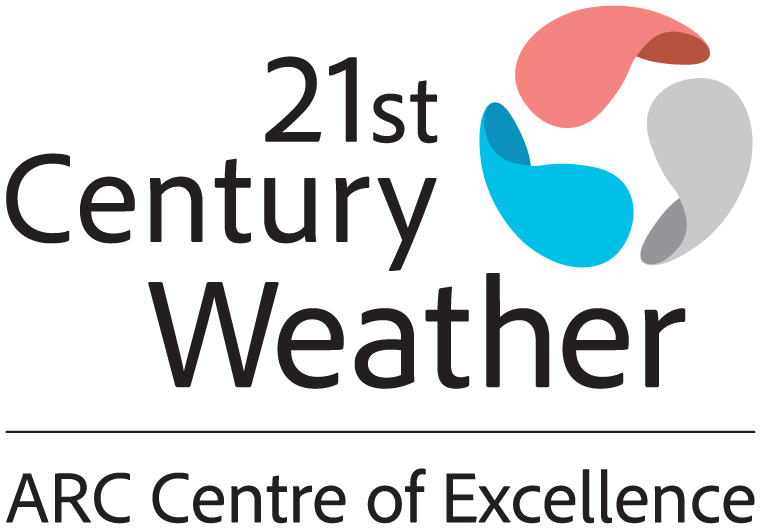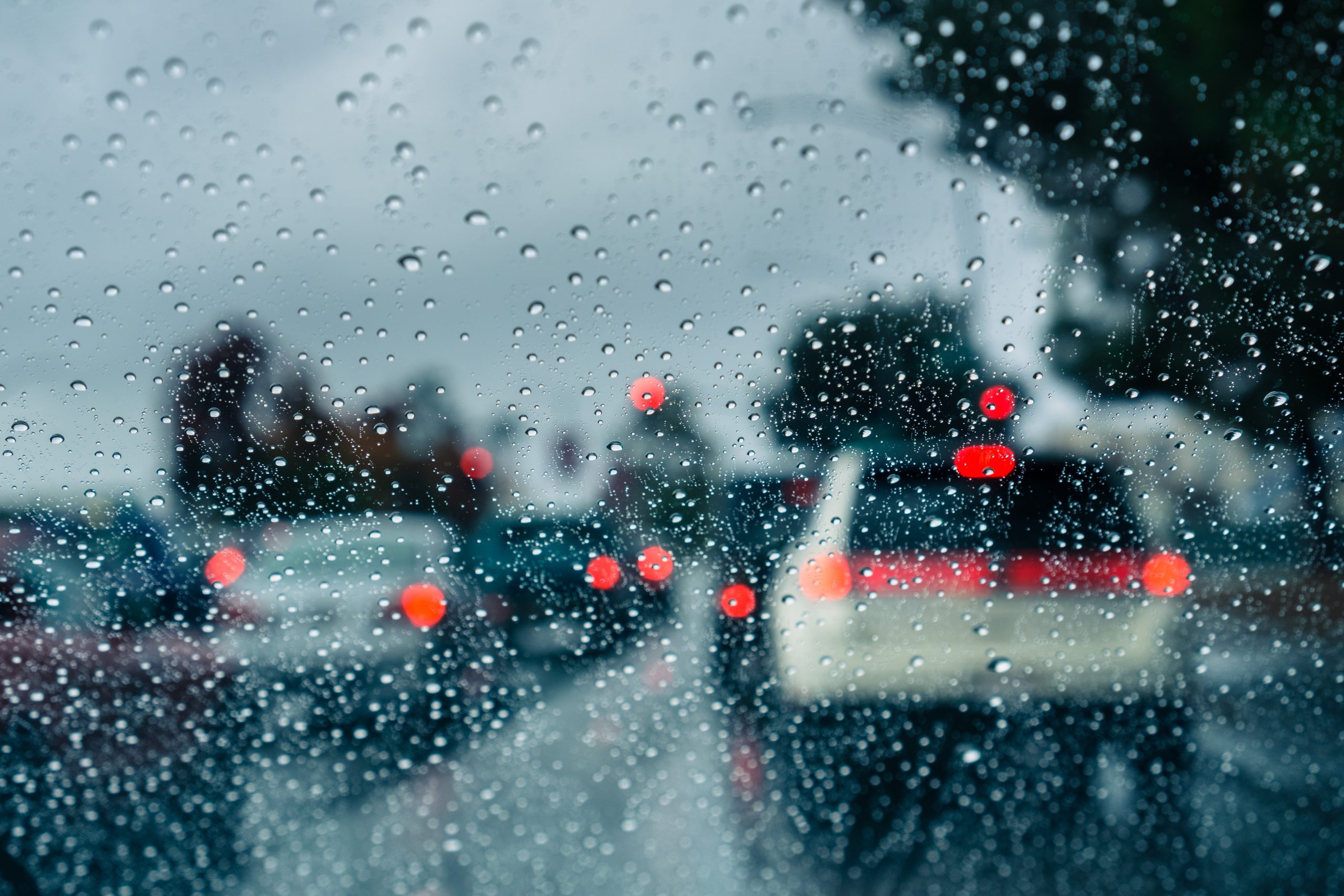
Briefing Note: High-Impact Weather
There is no doubt that in the future we will be more exposed to the weather.
In Australia, we are likely to experience more extreme heat and less overall rain, but the rain will be more intense when it falls.
A heatwave impacts the activities we can do in a day, the energy we consume, tradies’ ability to carry on with their work, the sports you can practice, and it can put vulnerable people at risk.
When it rains, it will probably be heavier over shorter periods, causing more flash flooding.
High-impact weather can represent a larger risk or benefit
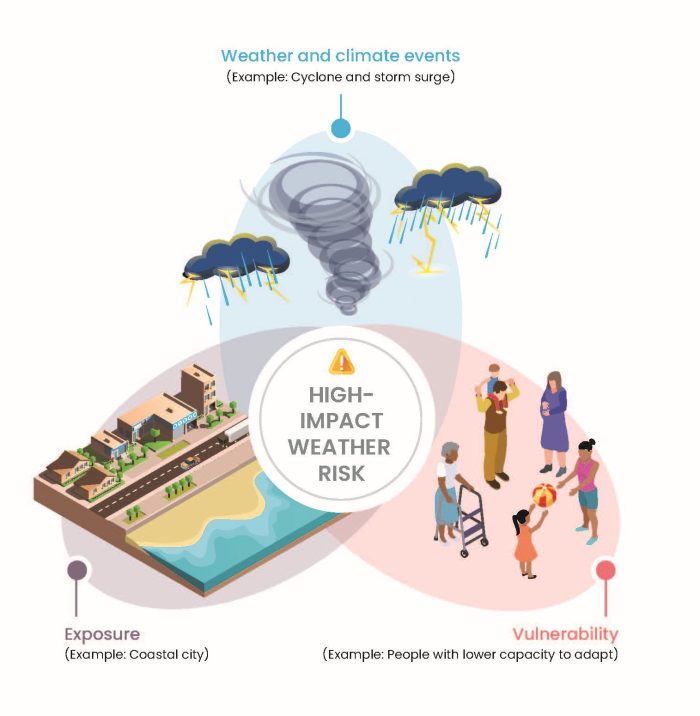
Heavy rainfall could have a positive effect if it falls in the right place at the right time. For example, it could fill dams, put fires out, and terminate a drought.
Any weather phenomenon that substantially impacts your daily activities is High-Impact Weather.
There are many types of high-impact weather; their characteristics vary depending on the person with whom you are talking.
High-impact weather doesn’t equal extreme events
High-impact weather events can harm our communities, businesses, public and natural infrastructure, and disrupt our lives. High-impact weather kills, destroys, causes damage and greatly costs us.
But there are also high-impact weather events that to some are harmless because high impact is relative and the definition may vary. An event can have a high impact but not be extreme. In fact, weather can have a high impact for the whole community
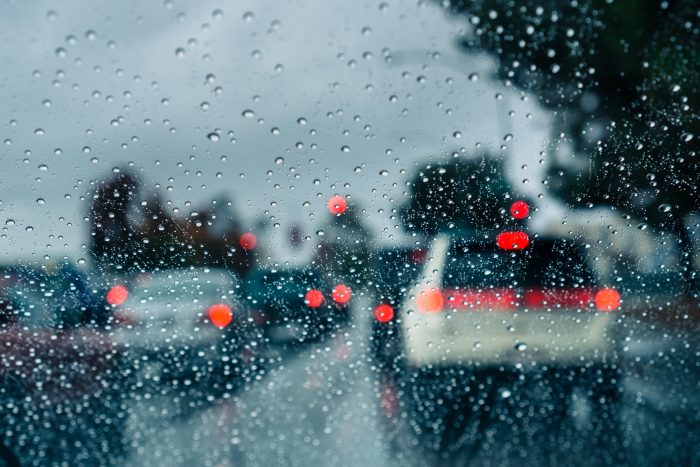
Why does this matter?
Weather is multifaceted and non-linear. That makes high-impact weather challenging to observe, monitor and model because there is a bias towards variables that are easier to observe, like temperature and rainfall.
Consequently, risks may be overlooked because they are not perceived as extreme.
People, communities and businesses could be more exposed than they realise, and that exposure could grow with climate change.
What can you do?
Examine your business model and lifestyle, look beyond physical hazards (e.g. floods) and consider previously ignored risks (what are the gears that keep your life and business moving?)
Learn to expect a probable range of what the future will look like rather than an exact forecast.
Work with the Centre! Together we can identify the high-impact weather events that could affect you.
The growing energy transition exposure
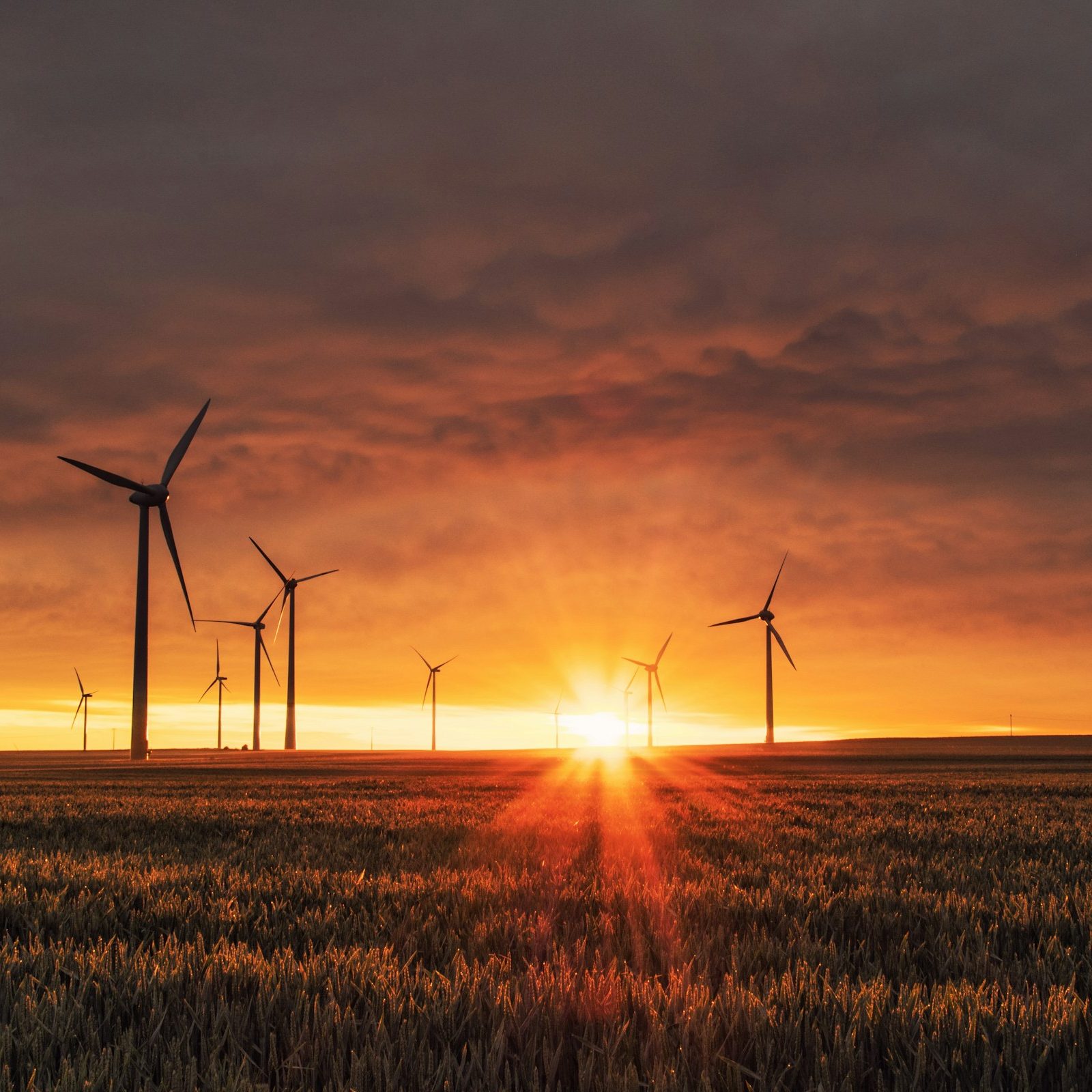
The transition to clean energy is mitigating the effects of climate change, increasing our energy security in the face of retiring energy sources, and it is also increasing our exposure to high-impact weather like ‘wind droughts’.
A day without wind might be ideal for a picnic. Even sailors can use the tides until the wind returns. But ‘no wind’ will stop renewable wind power.
Fog affects drivers and pilots and it also limits the amount of solar energy we can harness.
What is 21st Century Weather doing?

We will advance our understanding of atmospheric circulation and weather systems, and develop ultra-high-resolution climate models to enhance our understanding of Australia’s weather and climate.
With improved understanding and models, we aim to link hazards to impacts, such as the effects of urban heat on public health. In the long term, we will explore the large-scale processes behind high-impact weather events, including sub-hourly rain and fog.
We are working closely with our Government and Industry partners to characterise and define high-impact weather from their perspectives.
We want to learn your perception of high-impact weather and how the events that affect you might change. Reach out! hello@21weathercentury.org.au
Download a PDF copy of briefing note here.
